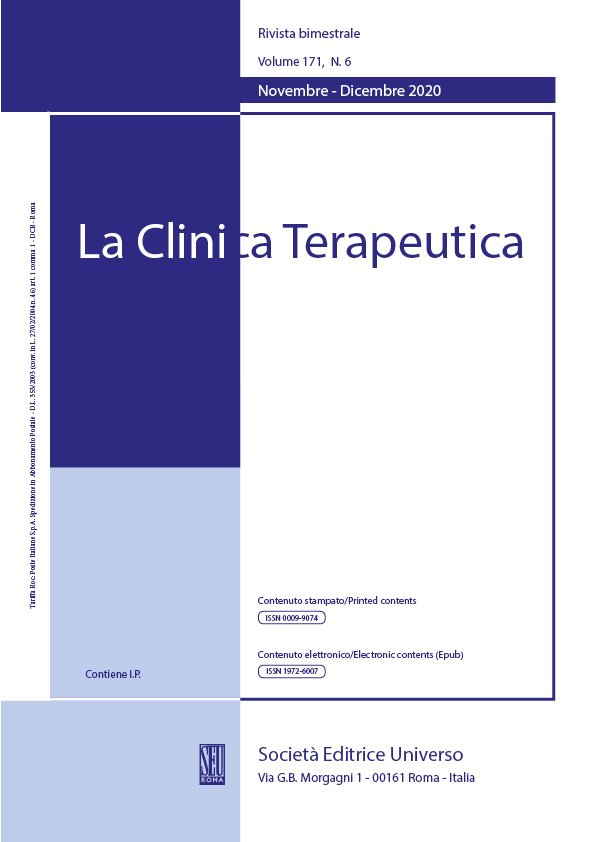Abstract
Purpose: To evaluate safety and efficacy of customized central corneal regularization (CCR), together with simultaneous accelerated corneal collagen cross-linking (A-CXL) – CCR-CXL protocol, to treat keratoconus-related corneal ectasia.
Design: Retrospective, comparative observational case series.
Methods: Patients that had undergone combined CCR-CXL protocol. Main inclusion criteria were keratoconus visual acuity deterioration and contact lens intolerance. All patients underwent complete ophthalmological evaluation, corrected distance visual acuity (CDVA) and Scheimpflug-corneal tomography. Central corneal regularization was performed by ablation using flying spot laser. Subsequently, the stroma was saturated with 0.17% riboflavin-5-phosphate added every 2 minutes, followed by A-CXL 9 mW/cm2 for 10 minutes. CDVA, medium keratometry value (Kmed), and total corneal morphological irregularity index (CMI) of patients were analyzed before surgery and after 1, 3 and 12 months. A P value of .05 or less was considered statistically significant.
Results: 46 eyes of 39 keratoconus patients were treated. At 1 month, the mean CDVA (LogMar) increased from 0.19 ± 0.02 to 0.12 ± 0.02 (P < .05), and the difference remained stable at month 12. Kmax decrease was statistically significant from 57.02 ± 5.65 to 50.21 ± 4.48 (P < .05). CMI decreased significantly from 47.8 ± 2.84 to 30.1 ± 2.4 (P < .01).
Conclusions: CCR-CXL protocol is safe and effective in arresting keratectasia progression and increasing corneal optic regularity in keratoconus. These findings showed a significant improvement in CDVA, keratometry values and corneal optical aberrations after being treated with the CCR-CXL protocol.
